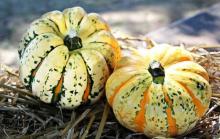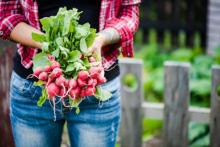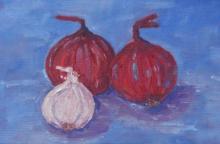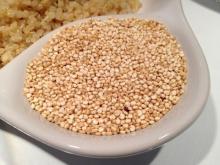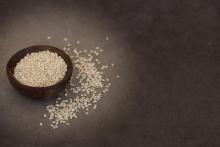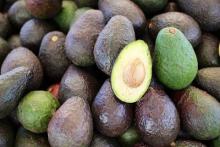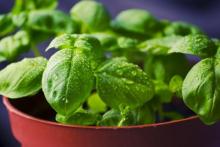Your Guide To Seasonal Eating (Includes Printable Chart)
Walking into the markets here in Barcelona, Spain, I am welcomed to find an array of seasonal fruit, from three kinds of watermelon to cantaloupe and late-harvest cherries. Strawberries were on the shelves in late June, but as August rolls into September the last of the summer stone fruits make their appearance, getting ready for autumn’s harvest.

